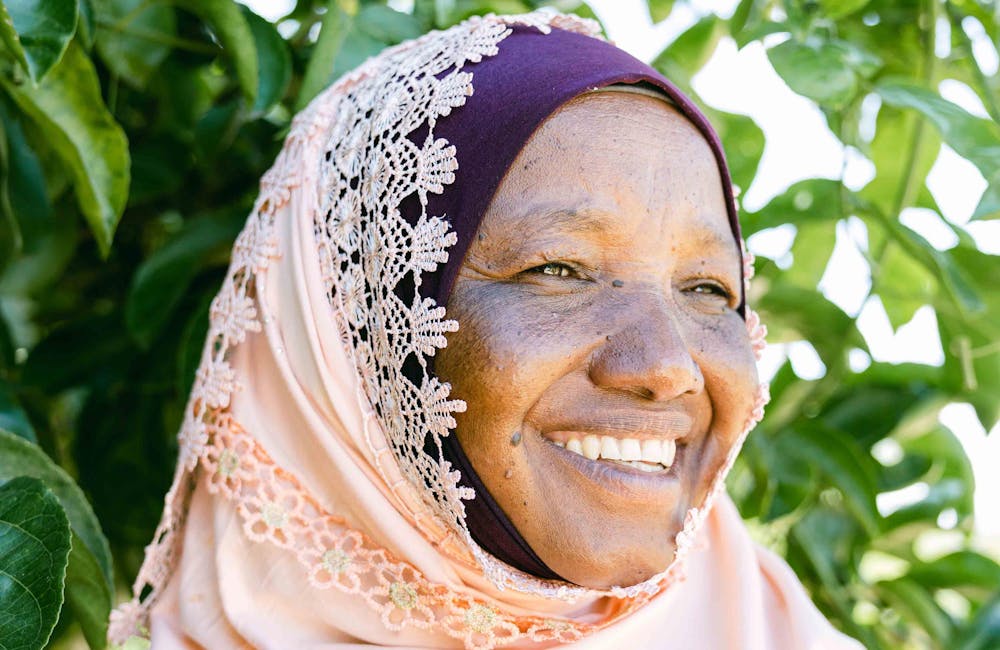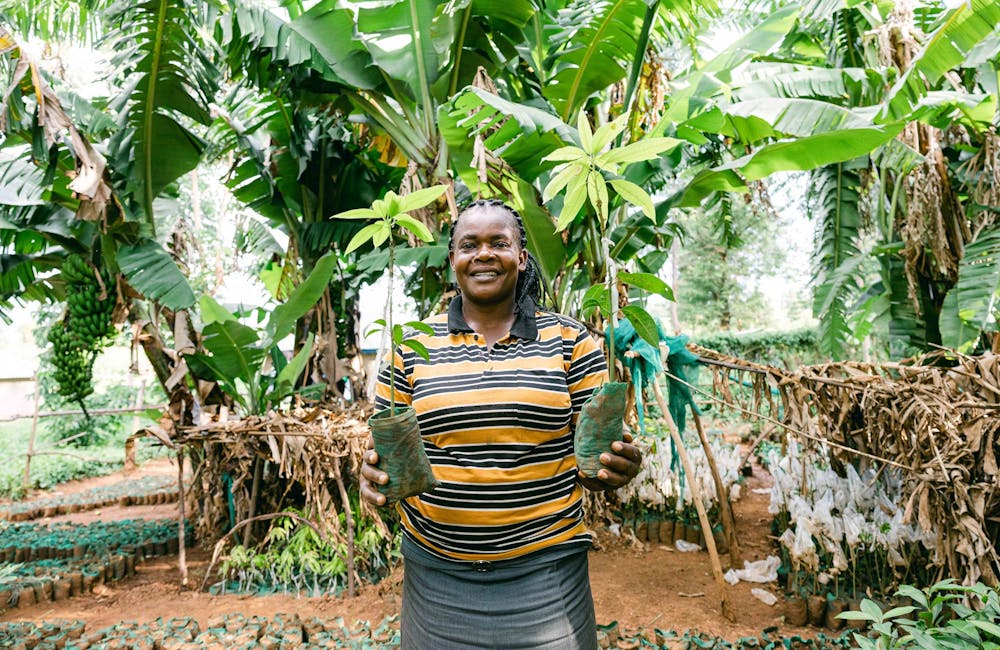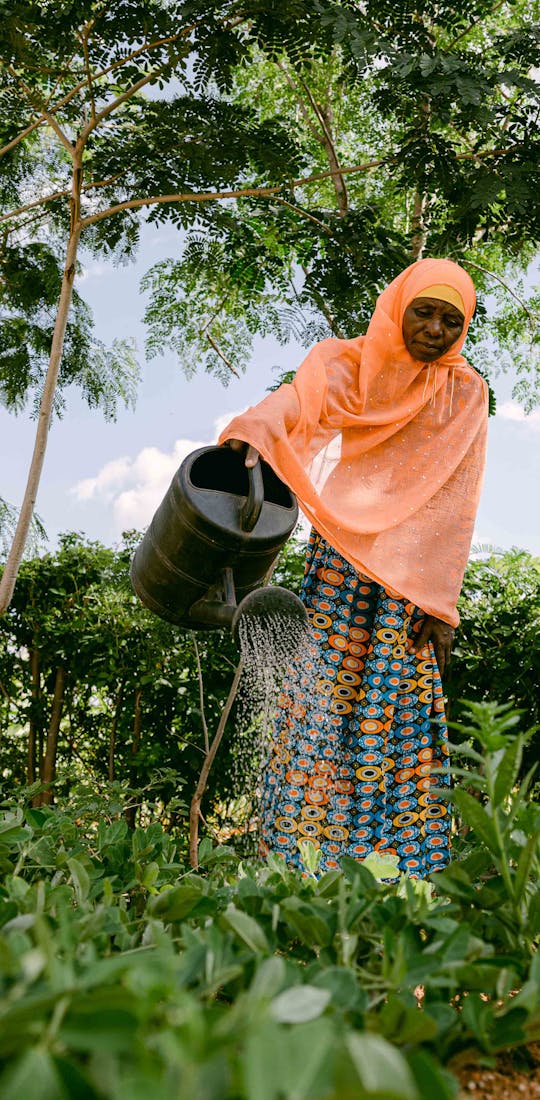Helping People and Planet Through Planting Trees
Trees For The Future confronts hunger, poverty, and environmental degradation by serving the people at the heart of our global food systems: farmers and their families. Farmers are trained in agroforestry and sustainable land use - growing vibrant regional economies, thriving food systems, and a healthier planet.
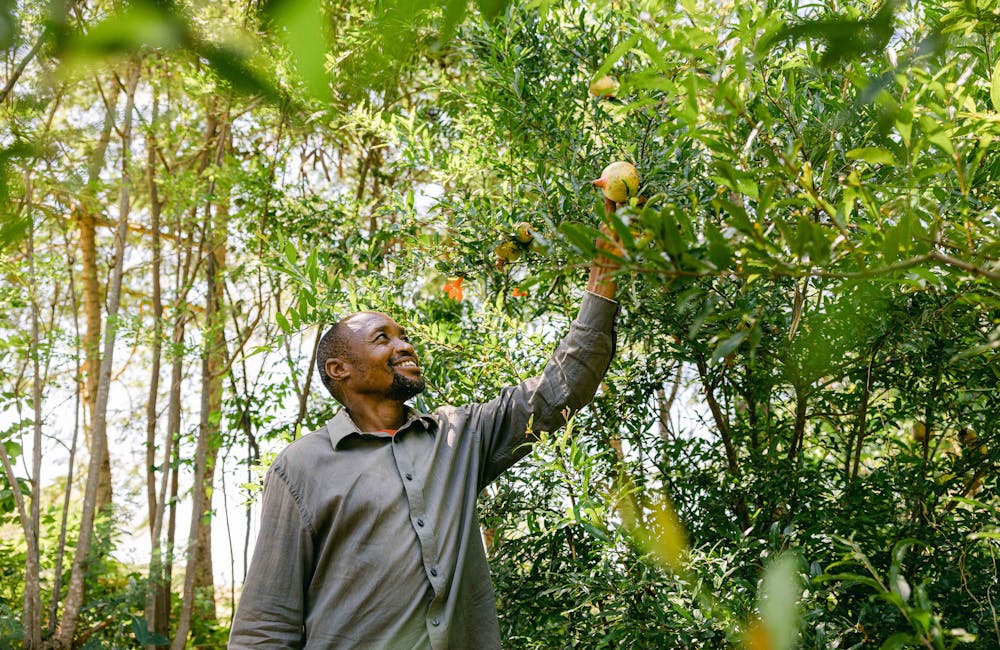
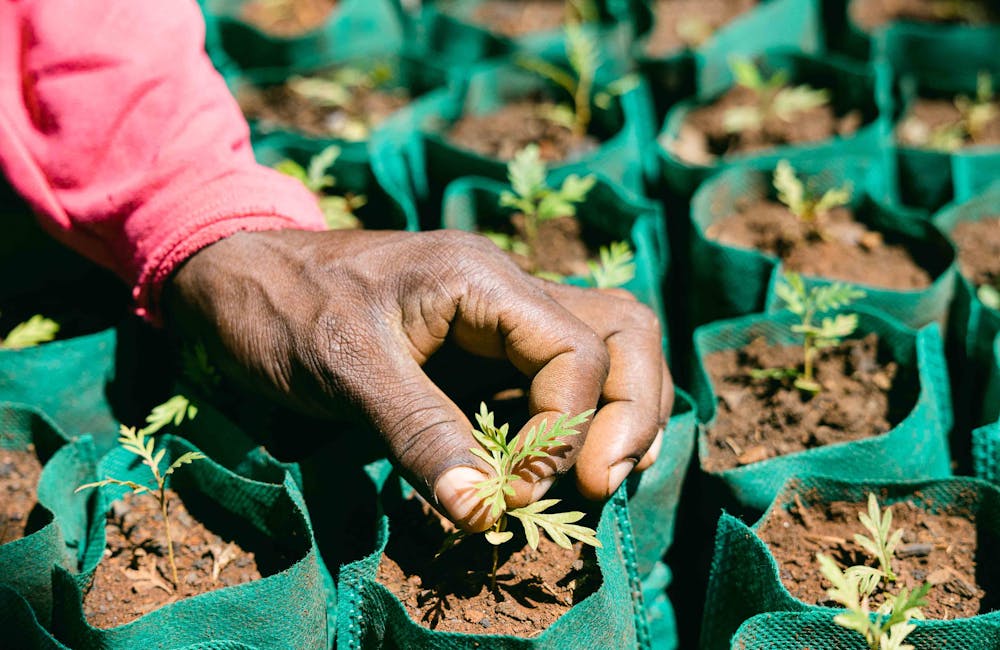
Trees For The Future Solution
The Forest Garden Program is a simple, replicable and scalable agro-forestry technique with proven success. By planting specific types of fast-growing trees, fruit trees, hardwoods and food crops in a systematic manner over a specific period, families can positively change their lives forever. Forest Gardens consist of thousands of trees that provide families with sustainable food sources, livestock feed, products to sell, and fuel wood
The Goal
Break the cycle of hunger, poverty, and environmental destruction. Let's get planting!
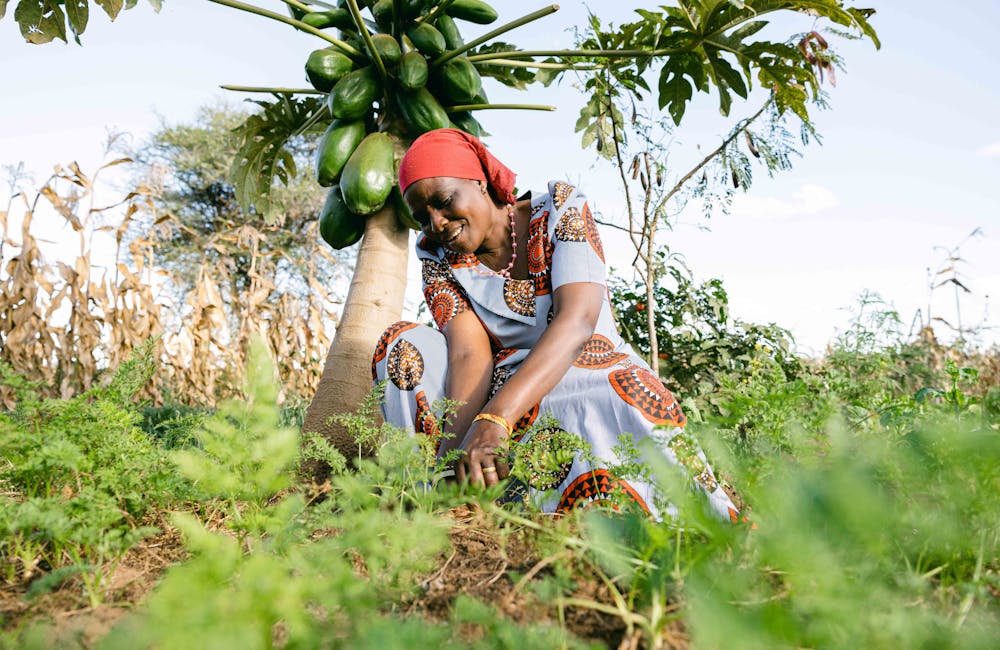
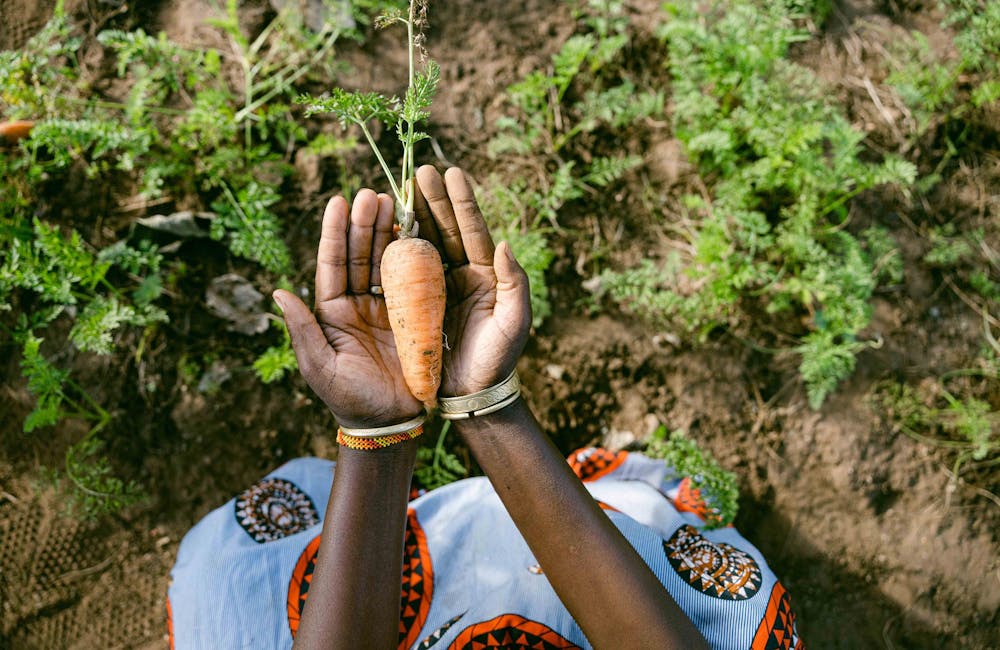
How They Work
Trees for the Future identifies a group of farmers—typically 300 families at a time —who have both a great need for assistance and a high likelihood of success. Farmers provide the land, labor, and water; a powerful, entrepreneurial determination; and an inspiring sense of ownership. TFTF then provides training, mentoring, seeds, and nursery supplies for each family. They guide the large groups of farmers through the process of using trees to protect, diversify, and eventually optimize their crop land. They also continue working with farmers for the four years it takes to fully establish the Forest Garden, offering ongoing coaching and regular site visits.
Access For All
In their many years of research and development, Trees for the Future has found the ultimate methodology to empower communities and project leaders that ends poverty, hunger, and deforestation. The Forest Garden Training Program was designed to bring the Forest Garden Approach impact to scale. They hope to share the Forest Garden Approach with as many people around the globe as possible in an effort to meet our goal as fast as possible. TFTF's goal is to break the cycle of poverty and eradicate hunger for 1 million people by planting 500 million trees in 125,000 Forest Gardens by using this program.
Where They Work
Trees for the Future is currently working with over 4,000 farming families across six countries in Sub-Saharan Africa. The focus is on the implementation of Forest Garden Programs in Cameroon, Kenya, Senegal, Uganda, Guinea and Tanzania, as these are areas where they are having the biggest impact and seeing amazing results.
